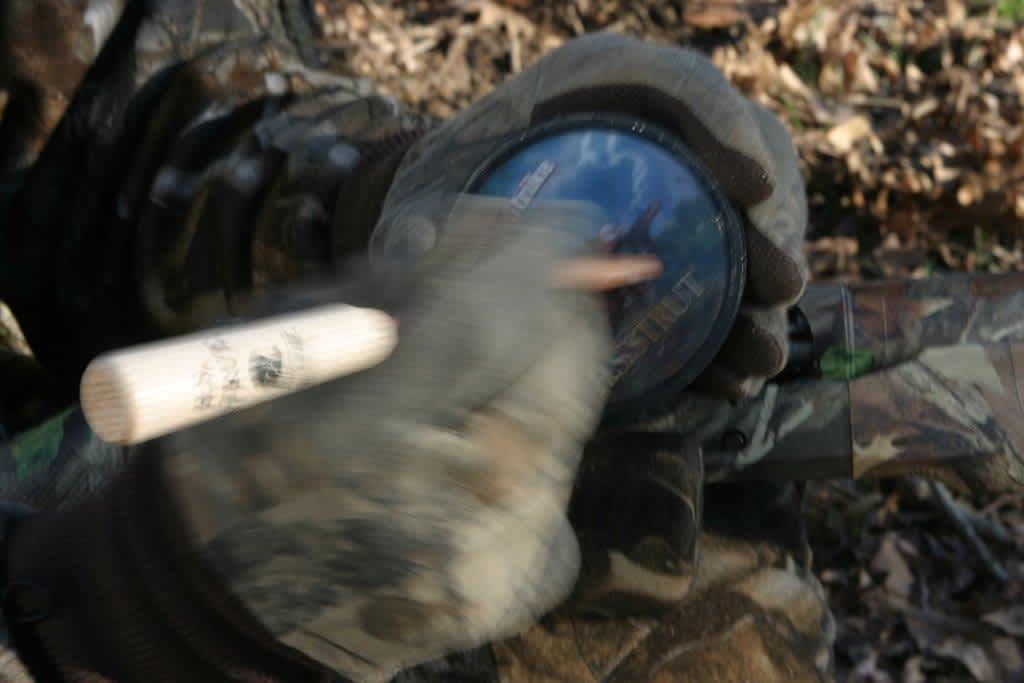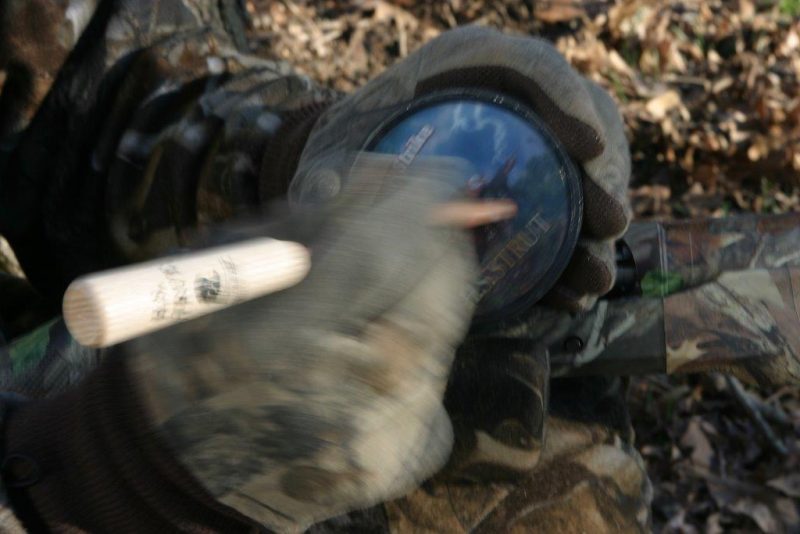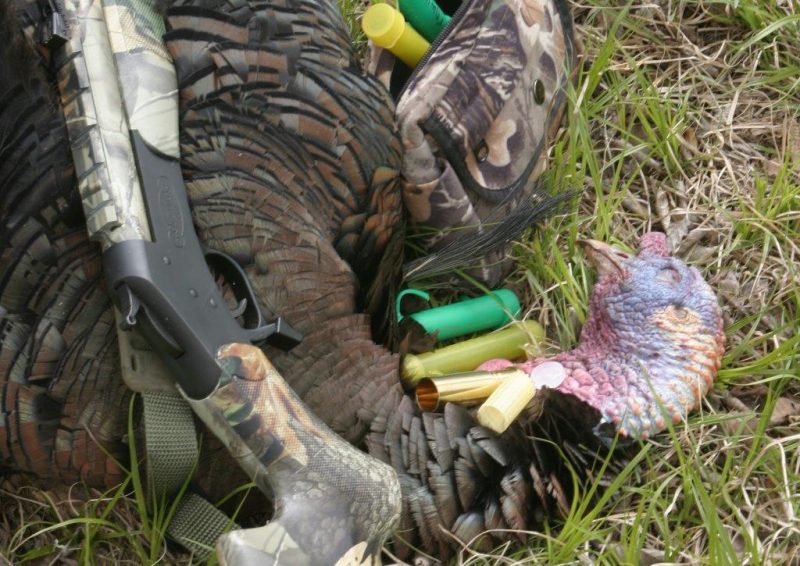Subtle Sounds to Tag a Tom
Mark Kayser 04.18.17

I have a bad habit when it comes to calling turkeys: I ramp up my message and hammer it home. Sometimes it works, but sometimes subtle is a better strategy to call in a pressured tom. If your hammering approach isn’t working, then consider a softer, more subtle approach.
Begin your subdued strategy from a hidden position while waiting near a morning roost. Think reality, and incorporate a turkey wing to create the fly-down clamor of a turkey leaving the roost. That sound alone could put an amorous gobbler in your lap. You can use a wing from a previously harvested turkey or shop online. I’ve even seen veteran hunters flap their hat to mimic the sound.
Before daylight breaks and just prior to the time turkeys leave the roost, flap the wing vigorously in turkey-like fashion and clatter a few limbs, or leaves in the process. Match the rhythm with a fly-down cackle. After several seconds, stop, wait for a minute or more, and then emit a few soft yelps to let a roosted gobbler know your exact location. Be prepared. The next wing flaps could be for real and on “final for landing.” A decoy can help seal the deal.
If you have a gobbler or a flock that won’t budge, give them a reason to join you. In addition to using soft yelps, take your hand and rake nearby leaves to imitate the sound of a flock scratching for food. This especially works well in dense cover on a quiet day, where a turkey may appear already in shotgun range. This strategy provides at least two reasons for birds to move your way. First, if they hear turkeys contently feeding, they will have a feeling of security. Secondly, turkeys feed all day, and the sound might entice them to check out a different diner.

Lastly, you should always sound like a flock of turkeys on the move and in a relaxed state of mind. Send this message with the usual soft yelps, but also add in relaxed putts and pleasing clucks. Practice and be proficient with several styles of calls to bolster the reality. Different calls throw out different tones, just like different birds sound in a flock. The artful dialect can draw in a boss hen or lure a lonely gobbler. Stay vigilant. Your soft calls may not entice a response at all. The first clue that your subtle approach has worked could be the fan of an incoming, strutting tom.
That happened to me on a hunt several years back. I was nodding off, and in between naps I’d scratch out some soft yelps and add in some barely audible putts. With my eyes almost shut, I spied a gobbler poking its head through a wall of grass and coming my way.
I leveled my CVA muzzleloader on the tom’s noggin and made smoke. I also made dinner with the tom at sunset back at camp thanks to subtle calls.


